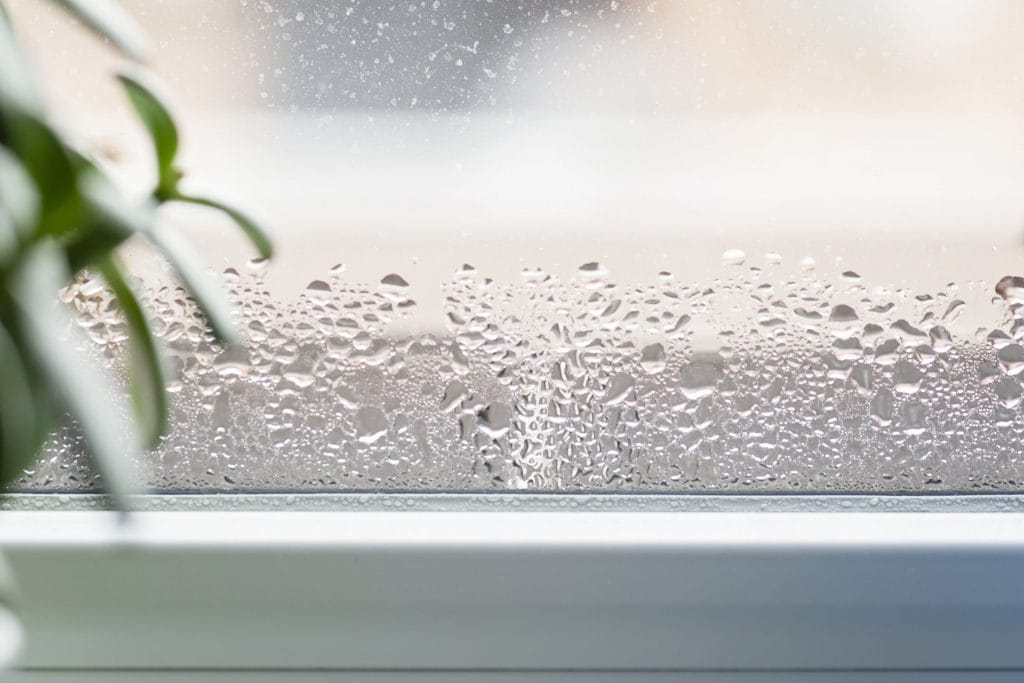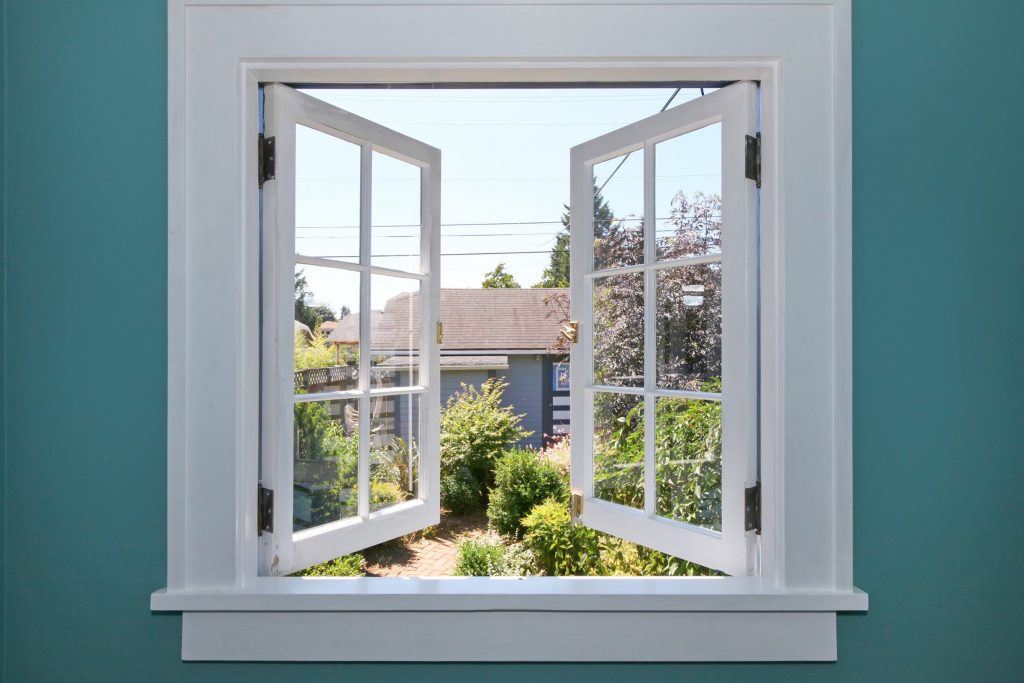Healthy air at home means taking care of yourself, first and foremost. It becomes particularly important, especially during winter when indoor spaces tend to remain closed while heating systems are operating.
When is the air quality considered good?
Due to limited spaces and the accumulation of harmful substances, the indoor air quality can be even worse than the outdoor air. Contributing factors include carbon dioxide, humidity, dust, biological residues and volatile organic compounds (VOCs).
It is crucial not to exceed the fixed limits. For instance, humidity levels should be maintained between 40% and 60%, with a temperature ranging from 68 °F to 75,2 °F.
Values that are too high or too low lead to the formation of moulds and bacteria, which cause health problems.
In addition to these factors, the impact of atmospheric pollution also affects indoor spaces inevitably.
The UK monitors air quality nationally, thanks to a number of networks of monitoring stations, called Automatic Urban and Rural Network (AURN). It reports data hourly in real-time on the UK-AIR website.
The less pollution level, the better is for personal health. The network provides a graduated scale which values from 1 (low pollution) to 10 (very high pollution), suggesting health advice according to each situation.

Indoor air quality
To monitor the air quality we breathe inside our homes, there are technologically advanced tools available.
These devices include commonly used appliances such as smart thermostats. They contribute to the creation of an intelligent heating system, notifying the user about the indoor air quality, even remotely, through a dedicated app installed on a mobile phone.
An intelligent system enables the regulation of the correct temperature. Excessively high heating can have many health consequences, such as respiratory infections or sleep disturbances.
For instance, above 68 °F, the body is not in the best conditions to relax muscles and achieve a pleasant state of calmness. Similarly, excessively humid or dry environments are harmful for health.
Smart scheduling, which involves an advanced heating system learning from the inhabitants' habits, ensures an appropriate and constant temperature.
Smart thermostatic valves have sensors that detect if a window is left open near the radiator. This can occur when we open windows to ventilate, which is another useful measure for improving indoor air quality.
The system prevents heat loss until the window is closed again.
Regular maintenance is also crucial and recommended. Malfunctions can be very dangerous, considering that an unmaintained boiler can produce carbon monoxide (CO), posing inevitable health risks.
Not to mention the CO2 generated by heating systems as well.
How can you improve indoor air quality?
Good habits and some simple solutions contribute to improving the indoor air quality in our homes.
- Avoid smoking.
- Open windows at appropriate times and when possible.
- Adopt controlled mechanical ventilation solutions (CMV).
- Place green plants in rooms to counteract smog.
- Install gas detectors.
- Avoid excessively high heating temperatures.
Another remedy is to equip the house with air purifiers or mechanical ventilation systems. They draw in the air, passing it through a series of filters before releasing it back cleaner.
They can be either floor-standing or wall-mounted. CMV systems, on the other hand, are tailored solutions designed to fully integrate with the house.
Both solutions help eliminate bacteria, viruses, moulds, fungi and dust mites.
How much should PM 2.5 be indoors?
Particular attention should be given to PM 2.5, a numerical classification of fine dust based on particle size.
This classification groups particles with sizes equal to or smaller than 2.5 microns.
It consists of both indoor and outdoor-generated PM 2.5. Specifically, indoor PM 2.5 can result from activities like smoking, cooking or cleaning.
It is impossible to eliminate it completely as its presence is also due to daily activities.
The final result of these investigations suggests adopting simple countermeasures, such as not smoking indoors and using kitchen hoods to remove smoke produced during cooking.
- Cigarette smoke in closed environments causes a high concentration of fine dust, even up to 100 times higher than legal limits. This poses a serious risk not only for the smoker but also for those exposed to secondhand smoke.
- Kitchen hoods are effective in dealing with major pollutants resulting from everyday activities, not only CO2 but also nitrogen dioxide, which is released from gas usage.










































